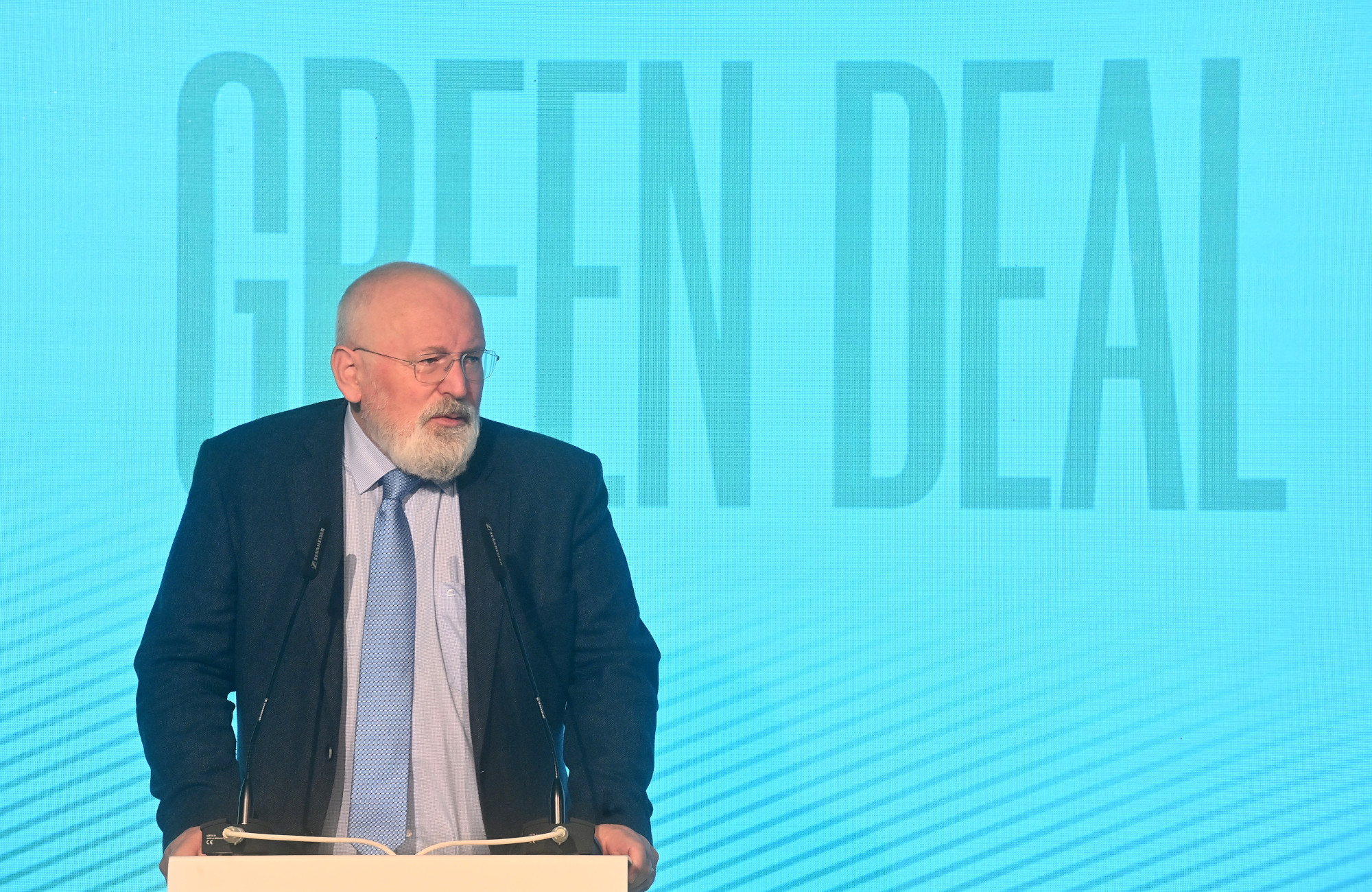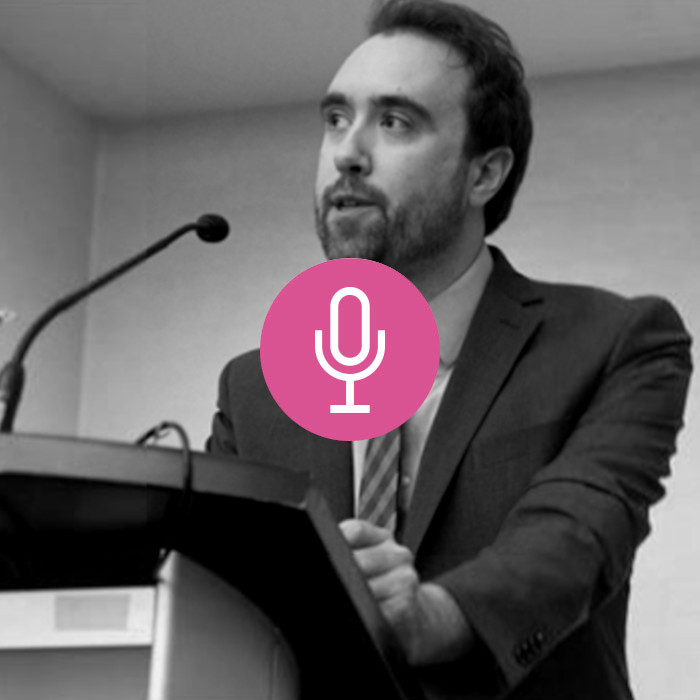Table of Contents
Two types of Negative Emissions Technologies (NETs) could be set to play significant roles in the EU’s journey to climate neutrality by 2050. These are Bioenergy with Carbon Capture and Storage (BECCS) and Direct Air Carbon Capture and Storage (DACCS).
The European Climate Law (adopted in 2021) stipulates that the bloc must reach climate neutrality by 2050 and that EU net emissions must be reduced by at least 55% by 2030, up from a previous target of 40% (hence the name of the mammoth progress of legislative review called the “Fit for 55” package). Most of these reductions will come from emissions mitigation but – to tackle the perceived problem of residual emissions in ‘hard to reach’ sectors like cement and aviation, the European Commission has placed an increased focus on carbon removal, setting (for example) a higher target for land-based carbon removals in the Land Use, Land Use Change, and Forestry (LULUCF) Regulation, which now foresees removals of 310MtCO2e per year, up from 225MtCO2e.
While the European Parliament has repeatedly warned of the risks of distractions from the EU’s emissions-cutting agenda, the Commission continues to see removals as having a ‘crucial role’ in climate mitigation. Frans Timmermans, the Dutch Labour politician who leads on the European Green Deal, continues to describe the role of negative emissions (in conjunction with sharp emissions reductions) as ‘vital in keeping our climate commitments within reach’.
In November 2022, in a push to achieve this, the Commission published a proposal for a voluntary framework for the certification of carbon removals. The proposal aims to push forward carbon removal technologies and sustainable carbon farming. It groups carbon removals into three categories: permanent removals, carbon farming practices that store CO2, and carbon storage in long-lasting products and materials. The Commission aims to prioritise the carbon removals which are seen to provide the most significant benefits for biodiversity. Both BECCS and DACCS are classed as permanent removals under the framework.
To ensure high transparency and credibility of the certification process, the proposal establishes four key criteria: quantification, additionality, long-term storage, and sustainability. Using this criteria, the Commission are developing tailored certification methodologies for the various types of carbon removals.
Key EU Targets (for carbon removal) | Key official documents |
EU 27 emissions 2021: c.3.8 billion MtCO2e. |
|
LULUCF target (2030): -310MtCO2e per year | |
BECCS target: No current target | |
DACCS target: 5MtCO2e |
Carbon farming
In December 2021, the Commission published a communication on Sustainable Carbon Cycles, part of the rationale for which was to incentivise land managers and farms to increase and protect land-based carbon sinks. In the Communication, there is a significant emphasis on carbon farming, which the Commission defines as a green business model that rewards land managers for taking up practices leading to carbon sequestration. Such actions could include promoting agroforestry, afforestation and reforestation, providing a reliable and clear framework for monitoring and reporting, and tailoring knowledge and advisory services for land managers. For example, by 2028, the Commission has set a target that every land manager will have access to verified emissions and removals data. Funding could come via a reformed Common Agricultural Policy or other EU programmes including Horizon Europe.
BECCS and DACCS
In addition to carbon farming, both BECCS and DACCS are given space in the Communication. Although the Commission has set a target for DACCS to remove 5MtCO2 per year by 2030, there is not currently a target for BECCS. However, BECCS projects are directly funded by the EU through programmes such as the EU Innovation Fund, which is financed from revenues from the EU Emissions Trading System. Under the Fund, €1.8 billion will be put towards seventeen large-scale clean tech projects that aim to reduce carbon emissions, some of which will count as carbon removal projects. Overall, the projects aim to achieve 76MtCO2e of reductions in the first ten years of operation.
One of the negative emissions projects receiving funding is the Stockholm-based Exergi Värtan BECCS plant. Stockholm Exergi is a district heating company which has been running largely on biofuels since 2020. As well as the 180-million-euro contribution from the EU, the project is also set to receive a considerable amount of funding from the Swedish government through reverse auction and revenue from corporates, through the voluntary carbon market. Once in operation, from 2026, the plant claims to have the potential to reduce Stockholm’s emissions by 800,000 tons per year and is marketed as a key tool in Sweden’s pathway to achieve its net zero targets.
Swedish authorities have supported the further development of such infrastructure across the EU. Åsa Lindhagen, a Swedish Green Party lawmaker, said that “district heating, using BECCS, can be a viable solution for cities.” When visiting the Värtan plant earlier in 2022, Ursula von der Leyen, the President of the EU Commission, voiced her support for the technology, saying “This is the future that we see right now here. Energy production which absorbs carbon instead of pushing it into the atmosphere.”
The Innovation Fund is not the only financial instrument that will supporting the development of CCS in the EU. The Recovery and Resilience Facility helps the Commission to raise funds that will allow Member States to invest in a number of ‘flagship areas’, including renewables and CCS. In addition, Horizon Europe, the EU’s key funding programme for R&D with a €95.5 billion budget, is now set to fund CCS research.
Enhanced weathering
Enhanced rock weathering is another NET being considered by the European Commission. Weathering is a natural process which occurs when rocks and minerals are broken down or dissolved. The process already absorbs around 0.3% of global fossil fuel emissions. Enhanced weathering speeds up the process, involving pulverising silicate rocks and spreading the resulting powder on agricultural land where the chemical reaction is sped up by the plant roots and microbes in the soil. However, there are significant knowledge gaps in the technology, including on the removals potential and on the soil hydrological properties. Currently, there is no EU legislation specifically aimed at enhanced weathering.
Contentious certification
In early December, the European Commission published its proposal for a certification scheme to quantify, monitor and certify the sequestration of carbon dioxide from the atmosphere. It has been heavily criticised by a new coalition of NGOs, The Real Zero Coalition, and the Institute for Agriculture and Trade Policy has published a report into carbon farming which argues that the Commission’s policy was part of a ‘growing corporate agenda pushed by big polluters from the agriculture and fossil fuel industry’.
Rosie Nurse is an Account Executive at Culmer Raphael. She researches on UK and EU policy on international climate and biodiversity policy. Find her on LinkedIn here.
Read more:
- Removals





